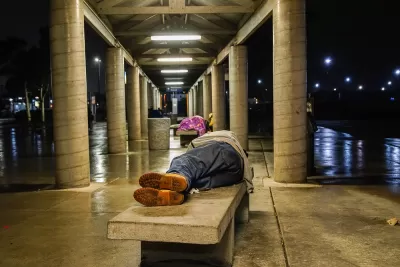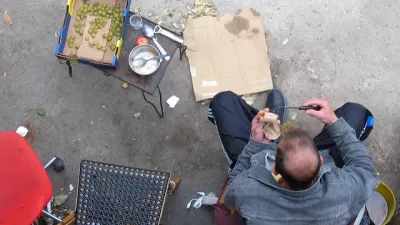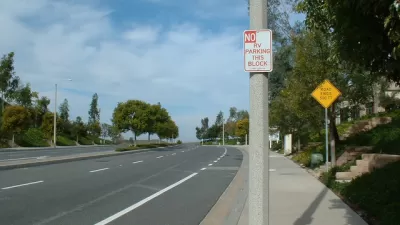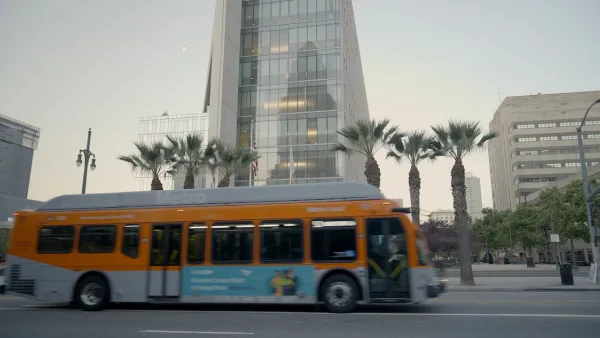The transit agency's year-long experiment with homeless services has placed 19 people in permanent housing and spurred hopes of expanding the program.

Last year, the L.A. County Metropolitan Transportation Authority launched two teams tasked with outreaching to homeless riders along the Red Line. First formed as a project of the county Department of Health Services, the teams—comprised of medical and mental health providers, substance abuse counselors, and formerly homeless advocates—have sought to "keep track of" homeless people and connect them with services and housing, Meghan McCarty Carino explains for KPCC.
The results so far? "The teams had interacted with about 1,500 individuals over the last 10 months — 19 were actually placed in permanent housing, while 445 more were connected with programs that work to provide temporary or permanent housing," Carino reports.
In hopes of expanding the pilot— which was initially supposed to cover the Gold and Green Lines as well—Metro has put in to receive funding from Measure H, the county sales tax passed last year to fund homeless services. The agency also participates in the Los Angeles Police Department's HOPE program, which partners police officers and homeless services workers.
L.A. Metro, which oversees a real-estate development program alongside its bus and rail operations, has recently turned its attention to homelessness in part as a response to surveys indicating that safety concerns are a major deterrent to transit ridership. As ridership rates continue to fall, the agency has nearly doubled the number of police and armed security guards on rail and buses partly to "mitigate the adverse impacts of homelessness" on transit, although research has suggested that homeless people are more likely to be victims than perpetrators of crime.
FULL STORY: 1 year in, here's how LA Metro's homeless program is doing

Planetizen Federal Action Tracker
A weekly monitor of how Trump’s orders and actions are impacting planners and planning in America.

Map: Where Senate Republicans Want to Sell Your Public Lands
For public land advocates, the Senate Republicans’ proposal to sell millions of acres of public land in the West is “the biggest fight of their careers.”

Restaurant Patios Were a Pandemic Win — Why Were They so Hard to Keep?
Social distancing requirements and changes in travel patterns prompted cities to pilot new uses for street and sidewalk space. Then it got complicated.

Platform Pilsner: Vancouver Transit Agency Releases... a Beer?
TransLink will receive a portion of every sale of the four-pack.

Toronto Weighs Cheaper Transit, Parking Hikes for Major Events
Special event rates would take effect during large festivals, sports games and concerts to ‘discourage driving, manage congestion and free up space for transit.”

Berlin to Consider Car-Free Zone Larger Than Manhattan
The area bound by the 22-mile Ringbahn would still allow 12 uses of a private automobile per year per person, and several other exemptions.
Urban Design for Planners 1: Software Tools
This six-course series explores essential urban design concepts using open source software and equips planners with the tools they need to participate fully in the urban design process.
Planning for Universal Design
Learn the tools for implementing Universal Design in planning regulations.
Heyer Gruel & Associates PA
JM Goldson LLC
Custer County Colorado
City of Camden Redevelopment Agency
City of Astoria
Transportation Research & Education Center (TREC) at Portland State University
Camden Redevelopment Agency
City of Claremont
Municipality of Princeton (NJ)





























